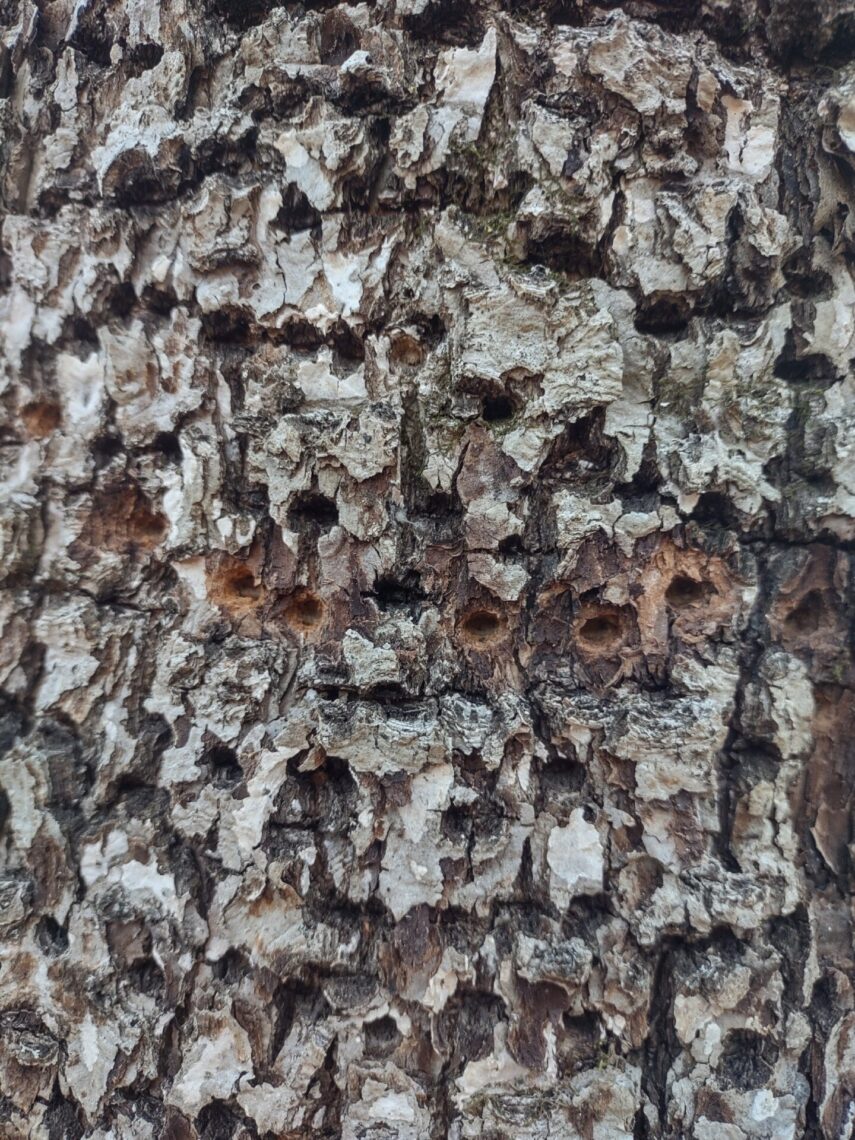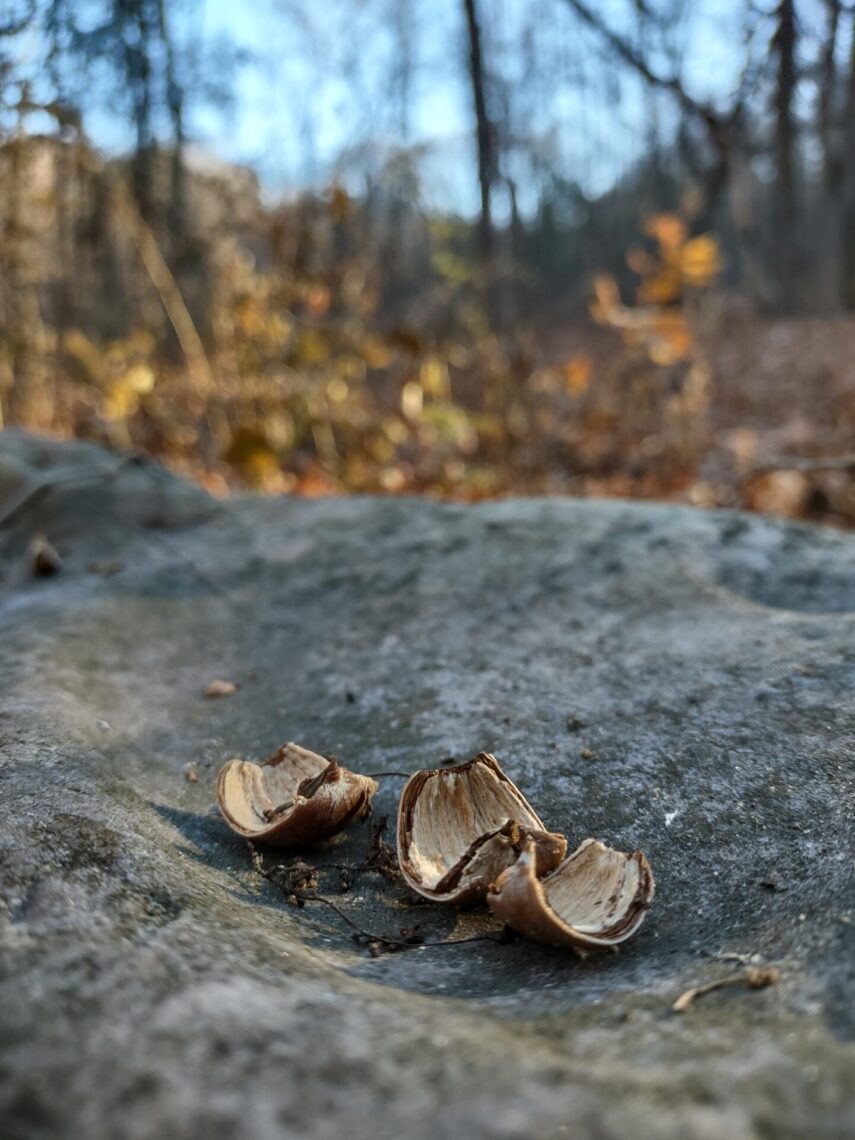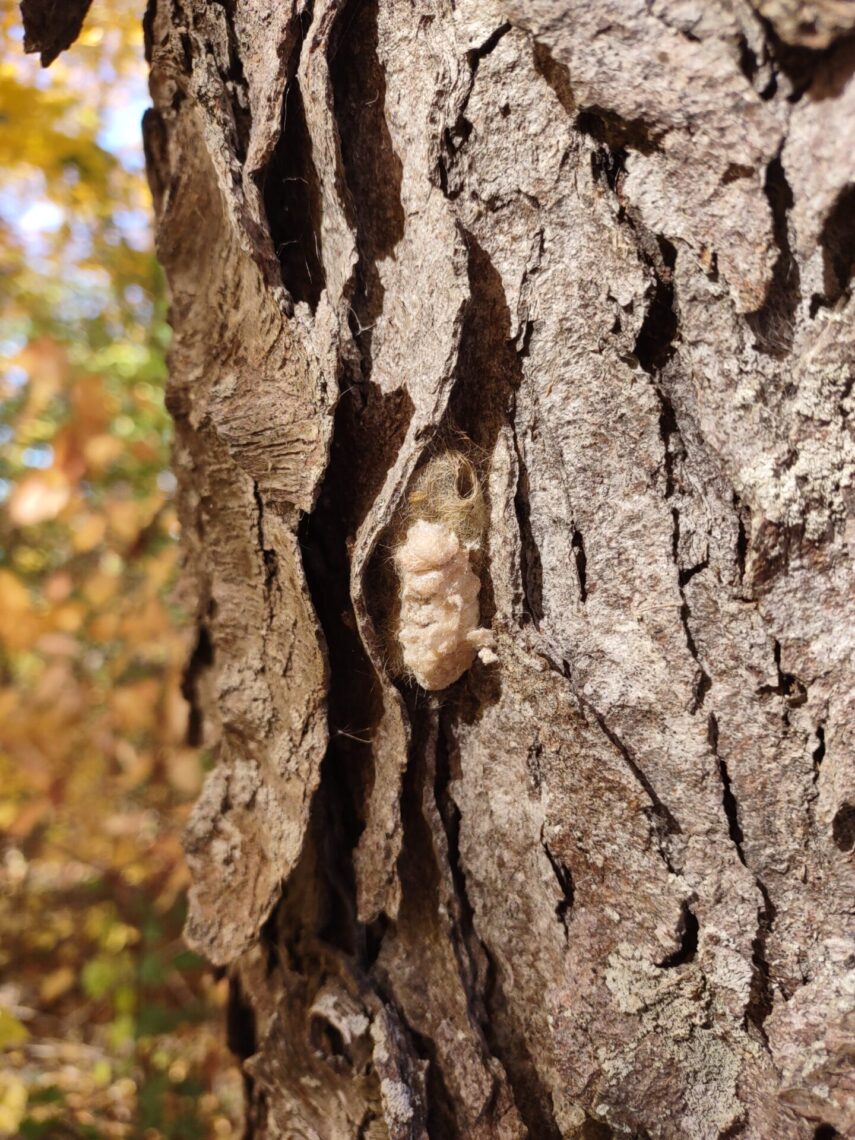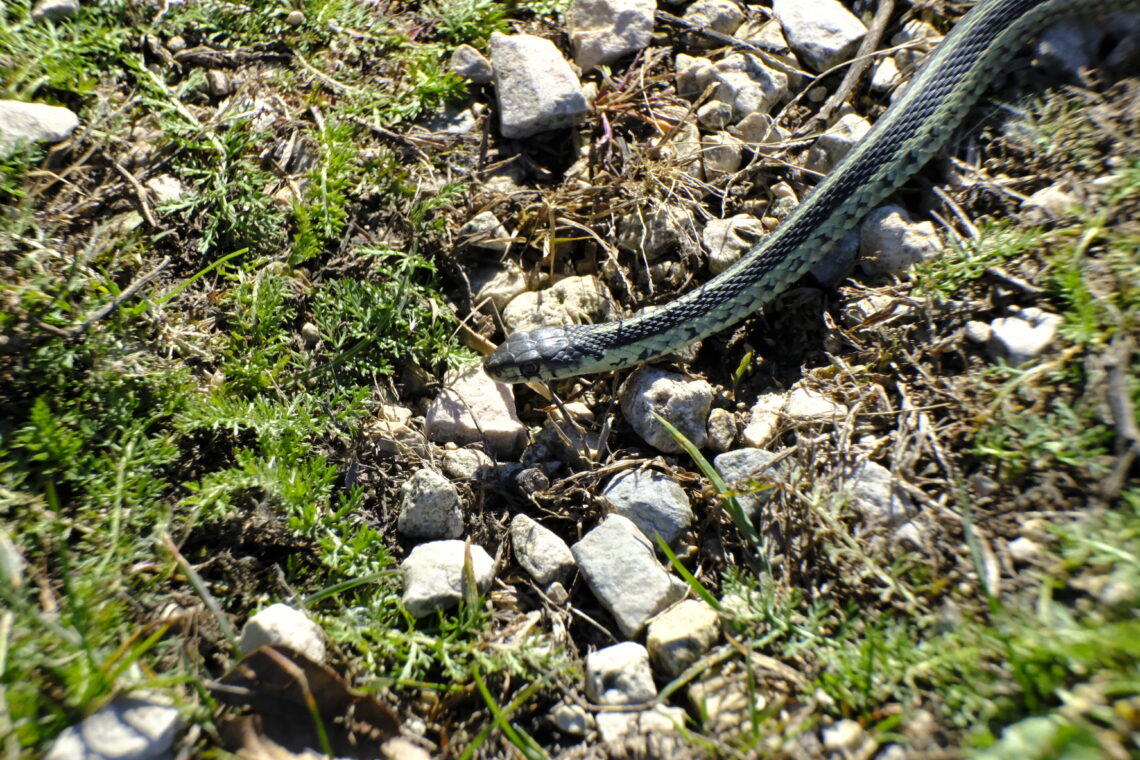The holidays are just around the corner and that alone is a good enough reason to start planning your next outdoor adventure! Whether it’s a stroll through your neighborhood, a hike at your local park, or a road trip to a faraway land, it’s time to get something in the books!
Sometimes when I head out on a hike, my goal is to see wildlife. Maybe there’s a species of migrating warbler in the area that I’m in search of, or maybe I’m looking for a monarch caterpillar feeding on some milkweed. While watching critters in action is fun, one of my favorite activities when outside is to look for signs of wildlife. Just about every creature leaves behind something that tells you it existed at one point even if you didn’t see it. It’s fun to put these puzzle pieces together and create a picture of what was happening while you were off doing human things.
For example, the thousands of yellow-bellied sapsucker holes I stumbled upon while out in the woods last week (pictured above). Just about every surface of this tree was tattooed by these native woodpeckers. I didn’t witness a single hole being drilled but I can picture the countless hours it took to meticulously create these holes so that they fill with sticky sap which traps insects for the woodpeckers to eat.
I always get a kick out of seeing cracked open nuts that are placed in very specific locations. Is it possible that the nutshell pictured above fell off of a tree directly over the rock and cracked open on impact? I suppose it’s possible. What’s more likely is that a hungry squirrel carried the nut over to the rock for a quick picnic. I’ve noticed over the years that like humans, many species of wildlife enjoy eating at cozy or scenic spots. Nothing beats eating lunch on a comfy seat with a nice view!
While out on a hike, my son noticed this fuzzy little casing carefully built in a bark crevice. Neither of us had seen one of these before so we got up close and examined it. It looked like an insect created it, but we didn’t know what kind. After a quick internet search, we discovered that it unfortunately was an egg mass created by a European spongy moth (formerly named the gypsy moth). These insects can cause some serious damage to our forests by defoliating trees very quickly. If you spot one of these in the wild, the Wisconsin DNR has tips for removing them so they don’t spread.
While finding animal tracks and sign is fun, it’s hard to beat observing an actual critter out in nature. The unseasonably warm weather we’ve been having this fall has encouraged snakes, like this garter snake pictured above, to get out and sunbathe on graveled paths that are warmed by the sun. This one was enjoying the rays so much that it didn’t bother moving until we almost stepped on it!
Well, I hope you enjoyed my virtual tour and I hope you enjoy the holidays; however you celebrate them!
P.S. You can help protect special places and connect others with nature. Give a year-end gift to Groundswell today!
See you next month!




